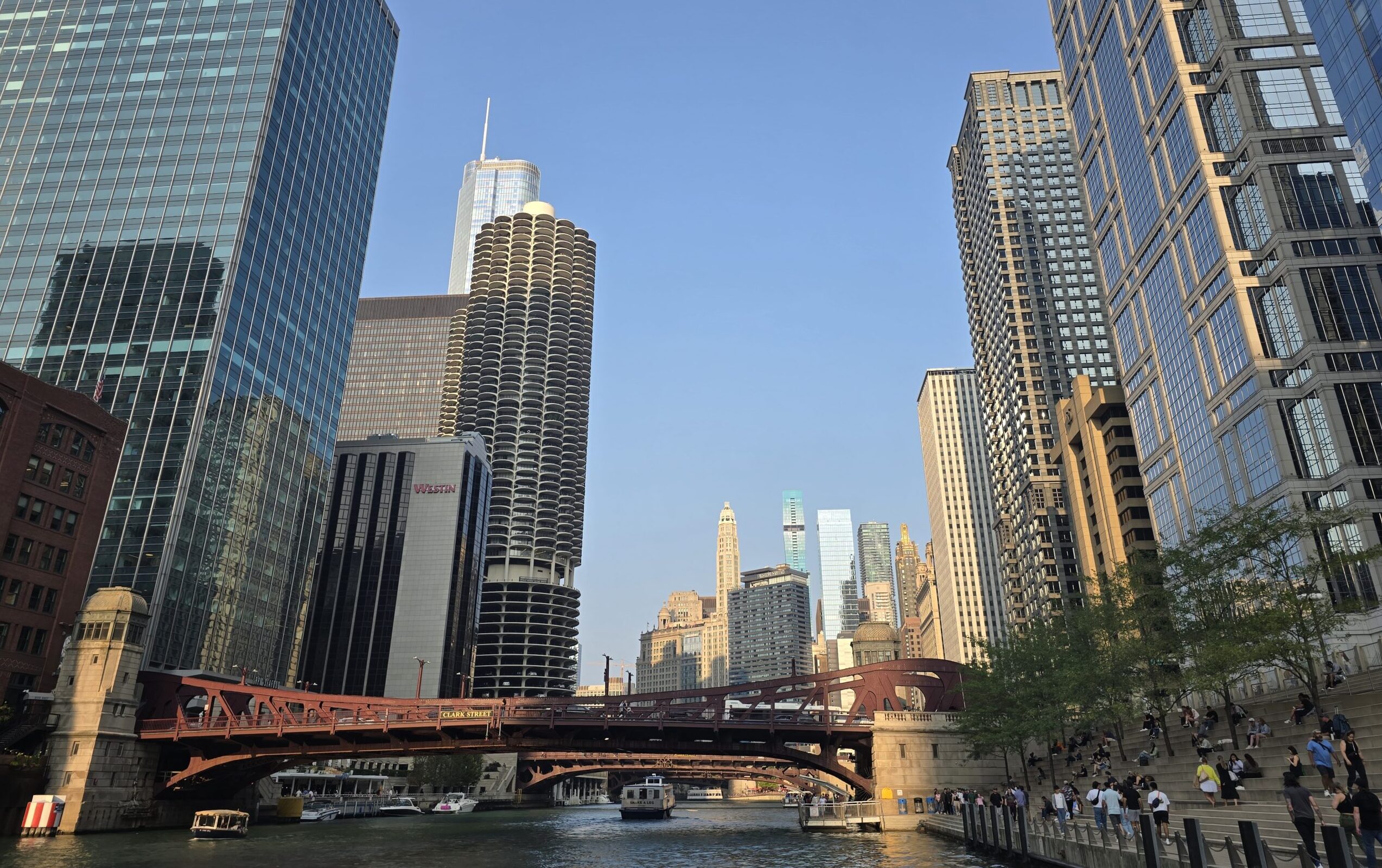As an English speaking lawyer in Korea, I know it’s incredibly frustrating for foreign clients to discover that the only major asset for collecting a debt is locked away in a trust. This plain English guide from a lawyer for foreigners will explain how you can still secure your claim and get paid.
You’re owed a significant amount from a loan or business deal, only to discover the debtor’s valuable real estate is legally held by a trust company. It can feel like a legal dead end. Fortunately, it’s not. While Korean trust law protects these assets from direct seizure, powerful legal tools are available.
The Starting Point: Cannot Seize the Trust Property Itself
Under Article 22 of the Korean Trust Act, trust property is generally insulated from compulsory enforcement. That means you cannot place a provisional attachment, a court order that temporarily freezes the debtor’s assets before final judgment, directly on the real estate that has been transferred into trust. Instead, you can target the debtor’s rights arising out of the trust.
Two Effective Routes to Security
1) Provisional Attachment of the Right to Claim Ownership Transfer
When a trust ends, because its term expires, its purpose is achieved, or the contract is terminated, the original owner (the settlor/debtor) can demand that the trustee re-transfer title to the real estate. You can attach that right in advance.
By freezing the debtor’s future title-retransfer right, you prevent the debtor from quietly taking title back at trust termination and selling to someone else before you are paid. This is a preservation measure, and actual collection later proceeds through the court’s enforcement process.
In other words, you’re not freezing the land today. You’re freezing the debtor’s future right to get the land back.
2) Provisional Attachment of the Trust Beneficial Interest (Beneficiary Right)
Frequently the debtor is also the beneficiary of the trust. After the trust property is sold and all the project costs and any primary lenders are paid, any surplus proceeds are paid to the debtor-beneficiary. You can attach this beneficial interest (the right to the surplus) now.
You are aiming at the money that will flow from the trust to the debtor in the future, ensuring that any profit the debtor is to receive from the trust is now reserved to pay your claim first.
Can (and should) I use Both Routes at the Same Time?
Courts sometimes ask creditors to choose one right, raising “over-attachment” concerns. A sound response is that the two rights are economically one pot at trust termination:
• If the trust does not convert the property into cash, the remaining asset is real estate, and the relevant right is the title-retransfer claim.
• If the trust does convert it, the remaining asset is money, and the relevant right is the beneficial interest.
Because you cannot know in advance which form will exist at termination, attaching both preserves the claim regardless of outcome and avoids gaps in security.
Korea’s Supreme Court has recognized the close linkage between a beneficiary’s claim to the trustee and the underlying trust principal. In a 2018 decision, the Court held that when a creditor attaches the beneficiary’s claim (the demand for performance against the trustee), the effect can reach the principal claim tied to the trust corpus. Practitioners often cite this case to support a comprehensive preservation strategy.
Typical Roadmap: What the Process Looks Like
1. Emergency Preservation
• File for provisional attachment over (a) the title-retransfer claim and/or (b) the beneficial interest.
• Practically, the trustee is identified as the third-party obligor for claim-attachments.
2. Merits Action
• Bring the underlying lawsuit (or arbitration) to obtain a judgment or award on your debt.
3. Turn preservation into money
• After you win, convert the preserved rights into cash via the usual collection orders (e.g., collection/transfer orders) against the trustee or, if title has returned, through enforcement against the real estate.
Note: Exact pleadings and sequencing will depend on the trust deed, the type of trust (e.g., security trust, development trust), and whether there are prior-ranking beneficiaries.
Practical Tips for Foreign Creditors
• Get the paperwork early. Land registry extracts, the trust deed (or at least key clauses), invoices/loan agreements, and any notices from the trustee are crucial.
• Expect priorities. Priority beneficiaries (often lenders) will be paid first from trust proceeds. Your beneficial-interest attachment reaches the surplus after their payoff.
• Be precise about the target. Courts scrutinize the exact right you attach. Your application should clearly identify the legal nature of the claim and the trustee’s role.
• Mind the exceptions. While Article 22 blocks direct enforcement against trust property, there are limited statutory and case-law exceptions for rights arising in the course of performing trust affairs.
Key Takeaways
• You generally cannot directly attach real estate once it sits in a Korean trust.
• You can attach (i) the right to claim ownership transfer and (ii) the beneficial interest to secure your position.
• Using both channels, where appropriate, gives coverage whether the trust ends in property or cash, and aligns with Supreme Court reasoning.
Recovering a debt from a Korean trust is a complex process where the expertise and swift timing are critical. For foreigners, navigating this without expert legal guidance can put your claim at risk. As English-speaking lawyers for foreigners in Korea, we handle these complex cases with the expertise they deserve. Contact us for a consultation to protect your rights.


